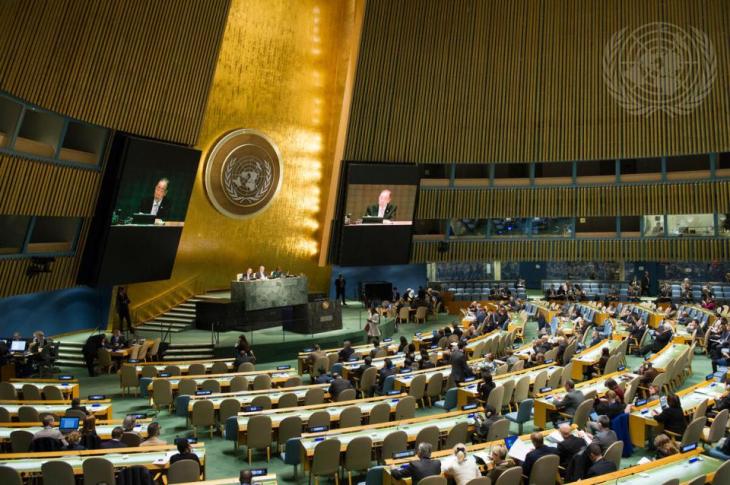
The recent revitalisation and reform of the UN multilateral agenda have created momentum to converge and reflect: After 30 years of feminist engagement at the intersection of international women’s rights and digital rights spaces, where so we stand on the advancement of gender justice in our digital age?
2025 marks 30 years since the adoption of the Beijing Declaration and Platform for Action (BPfA), 20 years since the second phase of the World Summit on the Information Society (WSIS), and just one year since the adoption of the Pact for the Future. The 80th session of the United Nations General Assembly (UNGA80) and its renewed global commitment to multilateralism will become and opportunity to present how the Pact provides an overarching frame for multilateral action.
It is worth examining whether key elements from these processes have brought us closer to a just and feminist digital future. To begin with, it is important that we learn from past mistakes and make sure that the shaping of global commitments, firstly and most importantly, place human rights at the centre. Success requires careful and meaningful attention to how these processes interact and influence each other, along with sustained engagement and commitment from all actors, especially governments and the private sector, to ensure that commitments translate into effective actions, that accountability is enforced, that civil society is at the table and that gender equality remains a priority.